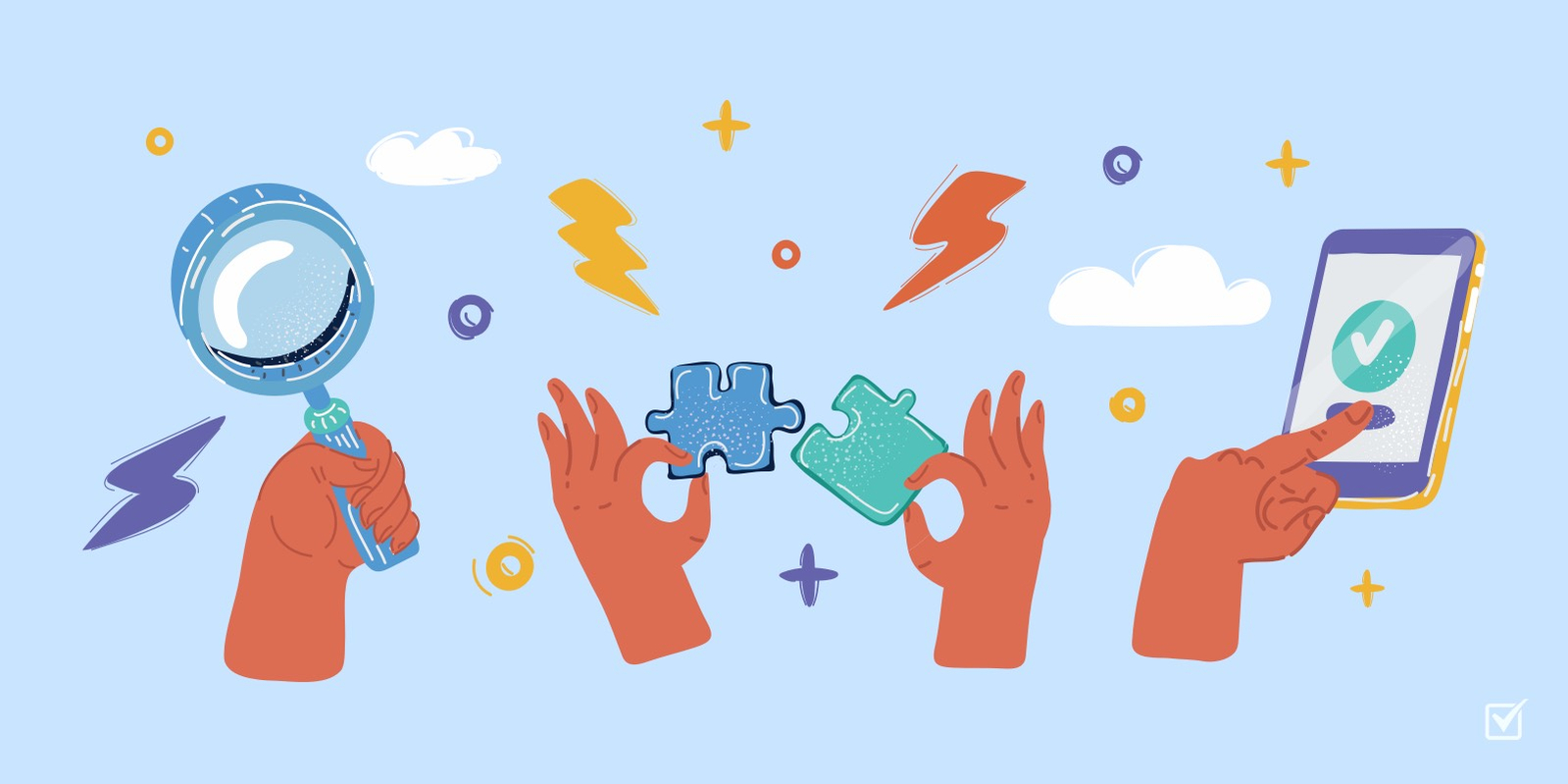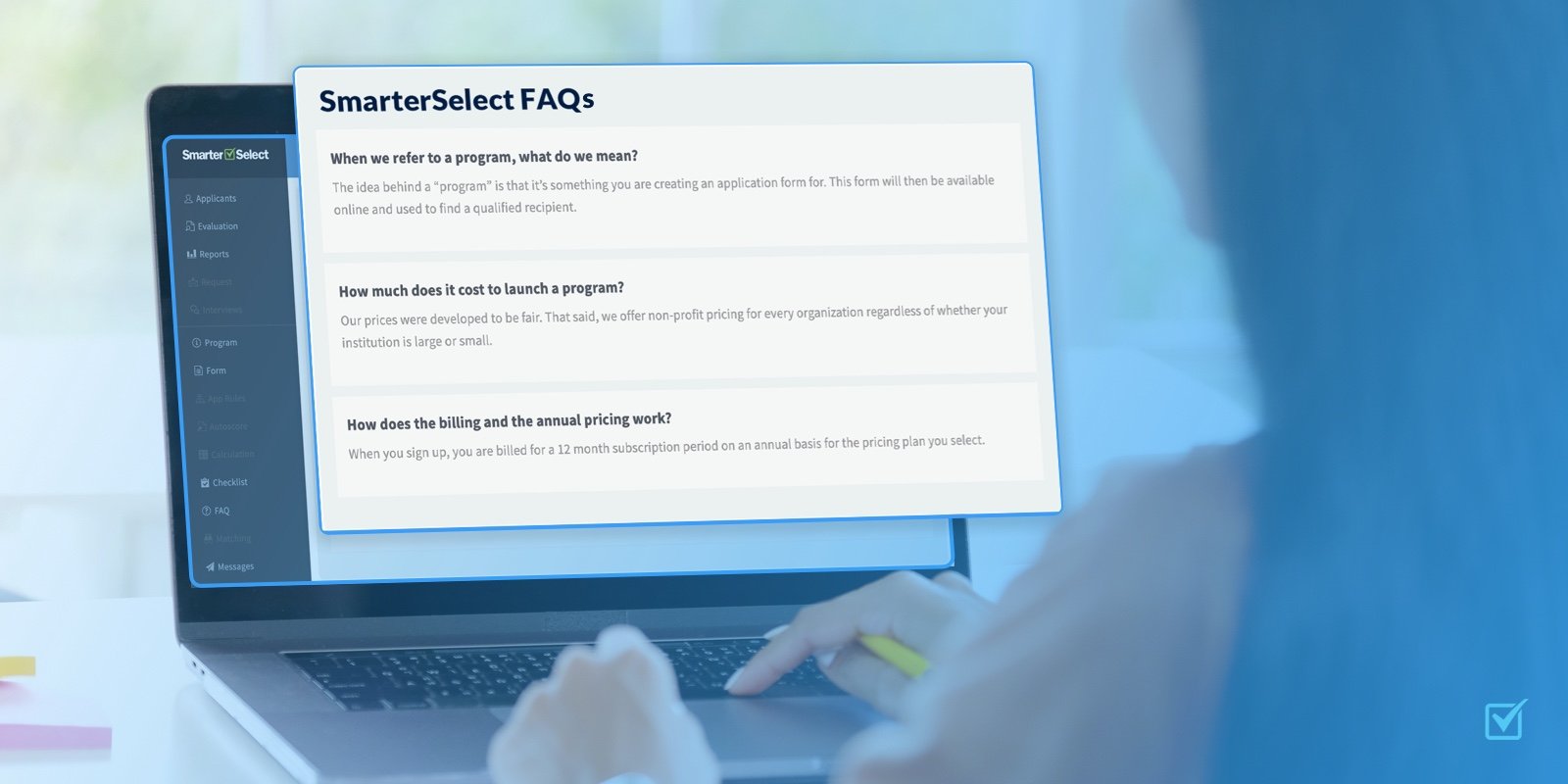Streamline Your Inbox: Five Ways to Boost Email Productivity
Better application management of scholarships, grants, awards, and more.
Streamline Your Inbox: Five Ways to Boost Email Productivity
Distractions are an unfortunate byproduct of email. We've all had those moments: hard at work on an important project when we notice an email pop up. All train of thought comes to an abrupt halt as we indulge our curiosity to see this incoming message. It takes time and energy to find our way back to that previous point, which slows down our productivity.
The opposite end of that spectrum is ignoring email for too long, and watching it pile up into a daunting mass of “I'll get to that later.” And in between those two extremes are inefficient ways of handling incoming and outgoing emails.
Here's a look at five ways to improve email productivity.
- Restrict your email time
There are benefits and drawbacks to multitasking. Email communication can easily fall into the latter category. Alexandra Samuel, a technology researcher and author of Work Smarter with Social Media, writes about this in a story for The Wall Street Journal. Her approach was to define and limit the time she spends on email on any given day, to allow crucial matters to be the priority.
“I decided I was prepared to spend about two hours a day on email, which I wanted to keep to two blocks of less than an hour each, plus a few quick check-ins throughout the day,” she writes. “If I have more than two extended email triage sessions a day, it crowds out essential work like writing and research, and I start to feel like I’m working for my inbox instead of vice versa.”
- Use filters and folders
There are frequently stray messages that can contribute to the mountain of email, from spam to nonessential work messages. The filters most email systems provide can help to organize these messages so that the cumulative amount doesn't seem so insurmountable. As Samuel describes in her story, using keyword filters allows her to check certain email folders less frequently, from once a day to once a week and so on.
“For example, anything that is cc’ed to me (rather than sent directly to me) gets filed in a folder that I review every day or two, in case I need to be aware of it; anything with the word ‘unsubscribe’ gets sent to my newsletters folder, which I check once in a blue moon. … Over time, I’ve winnowed my inbox to the point where any message that hits my inbox is actually something I need and want to see.”
- Use proper subject lines
There are preventative measures that can be taken to assist email maintenance. Even something as simple as subject lines — from you and your co-workers — can help. In a story for Inc.com, David Finkel suggests using “powerful” subject lines to “streamline the time it takes for your team to process and find email.”
“No more blank subject lines, or ‘Hello . . .’” he says. “Instead, you and your team should make your subject line a clear, concise description of the e-mail. This helps you screen messages and it helps you later search for e-mails you need to find after the fact. If you are forwarding the e-mail, don't be lazy; redo the subject line to make sense to your recipient and ask that your team do that for you too. Expect your staff to do the same.”
- Avoid eternal email debates
Lengthy email exchanges can be frustrating. When multiple parties are involved, it can be hard to gauge the timing of shared information and responses. And when the exchange just seems to not have a finish line, or if it's a sensitive topic, step away from the keyboard, as Finkel suggests.
“E-mails are not good as a nuanced conversation tool and it shouldn't replace all conversations,” he writes. “If you think the topic may be a sensitive one, or that the reader may be upset or offended by your e-mail, don't send it. Talk with them instead (even if you then send a summary or confirming e-mail after). One of the most important functions you perform as a leader of your company is to reduce the ‘FUD’ factor — the fear, uncertainty and doubt. So consider talking with the other person versus shooting off yet another email.”
- Communicate the shifts
As steps are taken to improve email efficiency, take the time to share these steps with those around you. As Samuel describes in her story, she “trained” family, friends and colleagues on how she would handle their messages, including those specific filters.
“When I was running my own business, my employees put the word TODAY in the subject line of any urgent message, which meant they didn’t get filtered into a separate folder,” she writes. “My mom knew I was setting aside her emails for the end of the day, so she switched to communicating with me via text message.”
FAQ's
1. How can I boost email productivity?
You can boost email productivity in the following ways:
-
Restrict your email time
-
Use filters and folders.
-
Use proper subject lines.
-
Avoid external email debates.
2. How can I restrict my email time to improve email productivity?
Define and limit the time you spend on email on any given day, to allow crucial matters to be the priority. For example, you can spend about two hours a day on email, which you can keep to two blocks of less than an hour each, plus a few quick check-ins throughout the day.
You might also like
SUBSCRIBE TO OUR BLOG!
CATEGORIES
- Online Application Software (49)
- Features (33)
- Scholarship software (29)
- scholarship management (21)
- Scholarship Management Software (20)
- scholarship program (15)
- Grant software (14)
- program management (11)
- Award software (10)
- application management (10)
- application management systems (9)
- scholarships (9)
- Corporate scholarships (8)
- Grant Management Software (8)
- Feature Update (6)
- Grantmaking (6)
- Scholarship Funds (6)
- SmarterSelect (6)
- app tree (6)
- grants (6)
- navigation (6)
- Grant compliance (4)
- scholarship program manager (4)
- Conferences (3)
- Grant compliance and reporting (3)
- Product Feature (3)
- grant managers (3)
- scholarship application templates (3)
- Association Software (2)
- Awards management platforms (2)
- Customer satisfaction (2)
- Grant management (2)
- Grant reporting (2)
- Scholarship marketing (2)
- scholarship award letter (2)
- scholarship program template (2)
- scholarship rejection letter (2)
- Awards management software (1)
- Grant lifecycle (1)
- Handling incomplete applications (1)
- How to automate scholarship program communication (1)
- Inspiring employee recognition awards (1)
- International scholarships (1)
- Mathematics scholarships (1)
- Merit based scholarships (1)
- Need based scholarships (1)
- Reverse scholarship (1)
- STEM scholarships (1)
- Scholarship administration (1)
- Scholarship application errors (1)
- Scholarship application management (1)
- Scholarship award management (1)
- Scholarship communication (1)
- Scholarship cycles (1)
- Scholarship disbursement process (1)
- Scholarship fund diversification (1)
- Scholarship fund management (1)
- Scholarship tracking (1)
- Support (1)
- Technology scholarships (1)
- Wizehive pricing (1)
- accept payment (1)
- email productivity (1)
- grant makers (1)
- grantmaking best practices (1)
- payment (1)
- paypal (1)
- post award grant management (1)
- program managers (1)
- scholarship agreement (1)
- scholarship applicant complaints (1)
- scholarship applicant's issues (1)
- scholarship rejection letter template (1)
- wizehire alternative (1)
- wizehive review (1)





